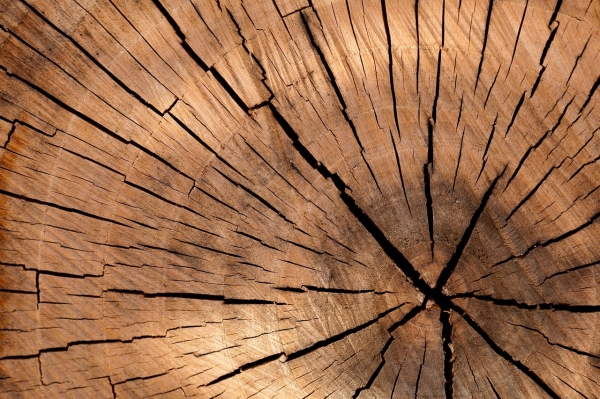A new study led by scientists at the University of Arizona used historical tree-ring data to study a key driver for widespread, extreme summer weather events: locked jet stream wave patterns that are often preceded by winter La Niña conditions in the Pacific.
A new study led by scientists at the University of Arizona used historical tree-ring data to study a key driver for widespread, extreme summer weather events: locked jet stream wave patterns that are often preceded by winter La Niña conditions in the Pacific.
The results from the paper, published in the journal AGU Advances, are poised to inform early warning systems that could better predict extreme weather events that present risks to agricultural crops, food supply, infrastructure and vulnerable populations.
"These types of patterns are particularly impactful, especially when they occur in major crop-growing regions, because they set the stage for what are called 'compound climate events,'" said Ellie Broadman, formerly a postdoctoral researcher of paleoclimatology at the U of A Laboratory of Tree-Ring Research and currently a research scientist at the Arizona Geological Survey. "If you have heat waves and droughts happening in a bunch of different places all in the same summer, that has significant implications for food systems, agriculture, trade and for public health, as compared to one small, isolated drought."
The jet stream is a high-altitude, meandering river of fast-moving air that forms wave-like curves in the atmosphere. When these waves reach a configuration with five peaks and five troughs circling the entire Northern Hemisphere, scientists call it a wavenumber-5 pattern, or wave5 pattern. When the wave5 pattern becomes "locked," or stops moving, it traps heat domes and dry spells over specific regions for days at a time.
Read More: University of Arizona
Photo Credit: PublicDomainPictures via Pixabay




